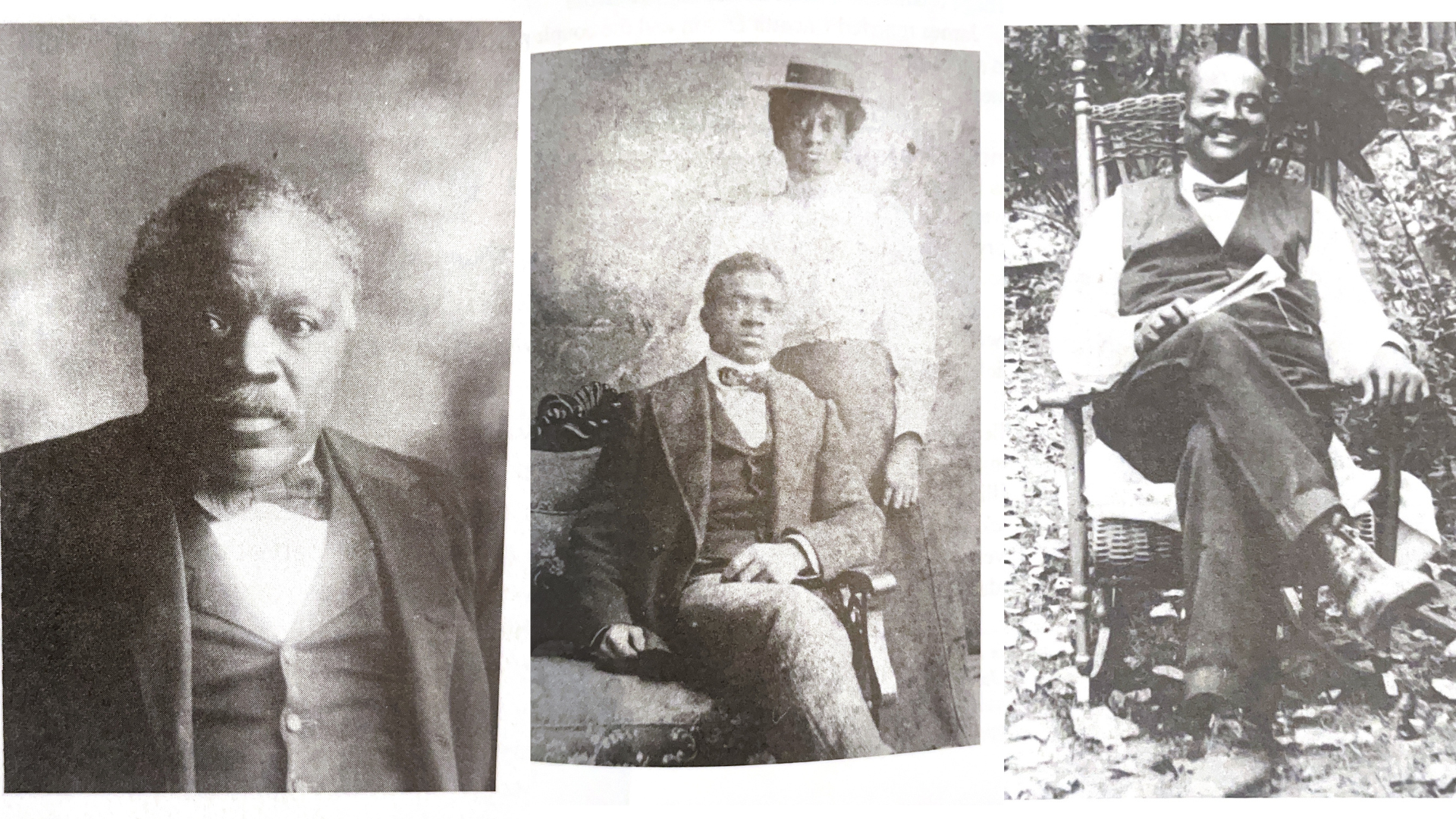Black History in Monongalia County

by Riley B., researcher at the Aull Center for Local History & Genealogy Research, Morgantown Public Library System
Black Americans were among the very first settlers in what we now know as Monongalia County, West Virginia. Many of these early arrivals were enslaved by the county’s earliest white American settlers, while others came as free persons who established their own farmsteads. Ever since the founding of these initial non-Indigenous settlements in the region, Black Americans have significantly contributed to the development and the history of Monongalia County. This month, I would like to share with you some stories picked from scholarly works housed at the Aull Center that focus on Black Americans who have called this county home over the centuries.
One of the earliest known individuals to settle in this region as a free Black person was Henry Dorton, a veteran of the American Revolution. Born in Maryland in 1748, Henry Dorton first enlisted in 1777 at Redstone Old Fort, Pennsylvania. He survived an ambush by enemy Indigenous combatants near Wheeling, and was discharged thereafter. He enlisted with the revolutionary forces twice more, once again in Pennsylvania, and lastly served in a regiment from Maryland, from which he was discharged after Cornwallis’ surrender to the Americans at Yorktown.[1]
Following his service, Henry Dorton settled and raised a family in Monongalia County. Arriving about 1790, Henry Dorton was a well-known and respected member of the community, where he spent his adulthood and later years as a successful farmer. He and his three sons owned a substantial amount of land in the eastern part of the county, with the latter three owning as much as 200 acres of land apiece throughout their lives. When he was granted his military pension in 1832, Henry Dorton was noted for being the only applicant from this county who had preserved the records of his discharge.[2]
While agriculture was the most prominent industry that Black Americans worked in within Monongalia County for roughly a century, others with the means and freedom to do so worked in other sectors as well, pioneering industries in Morgantown that had yet to be established in the area. One such individual was John Edwards, who began the first water service in Morgantown in 1865, which he operated until 1889 when the city approved the installation of a water works system.
John Edwards delivered barrels of water to families and businesses for over two decades, and was successful enough in this venture to purchase himself 4.5 acres of land along Deckers Creek in 1877. Edwards was also known for almost never wearing shoes. He must have had a sense of humor, for when he was initially dismissed from the county courthouse for his lack of footwear on the day he intended to purchase this property, he returned later with a pair of shoes tied around his neck. Ultimately successful in purchasing this property and supporting his family, one of his sons went on to found one of Morgantown’s most successful sanitation businesses before the city took it over in 1926.[3]
As we look ahead toward the warmer summer months, I will end on a story of perhaps the most iconic seasonal treat: ice cream. Prior to the year 1900, Monongalia County had no ice cream companies. This was until John Hunt, a successful Black businessman and restauranteur, founded Hunt’s Ice Cream Factory on the corner of Hough Street and Beechurst Avenue. Hunt collected and preserved ice from the Monongahela River in the winter months, which he used in the summer to make his popular ice cream on a stick that he dubbed “Hokey Pokies.”
Hunt was a staple member of the Morgantown community. He provided food for weddings, fed soldiers stationed in Morgantown during WWI, and catered Morgantown’s Jubilee Celebration for the 50th anniversary of emancipation. In total, Hunt operated twenty-three separate businesses, including restaurants and local resorts. He made use of his successful position to lobby Monongalia and Preston County officials for the improvement of roads between the two counties, which would not only benefit his business, but also regional traffic as a whole. John Hunt passed away at the age of sixty-one in 1932.[4]
These histories, and more, can be explored through the scholarship of individuals like Connie Park Rice and Edward M. Steel, Jr., some of whose works we possess at the Aull Center for Local History and Genealogy Research. Please feel free to stop by sometime and learn more about rich and interesting histories such as these.
[1] Edward M. Steel, Jr., “Black Monongalians: A Judicial Review of Slavery and the Negro in Monongalia County 1776-1865,” West Virginia History 34, no. 4 (1973): 333-334.
[2] Connie Park Rice, Our Monongalia: A History of African Americans in Monongalia County, West Virginia (Terra Alta, West Virginia: Headline Books, Inc., 1999), 16-17;
[3] Ibid, 35; 100-101.
[4] Ibid, 101.